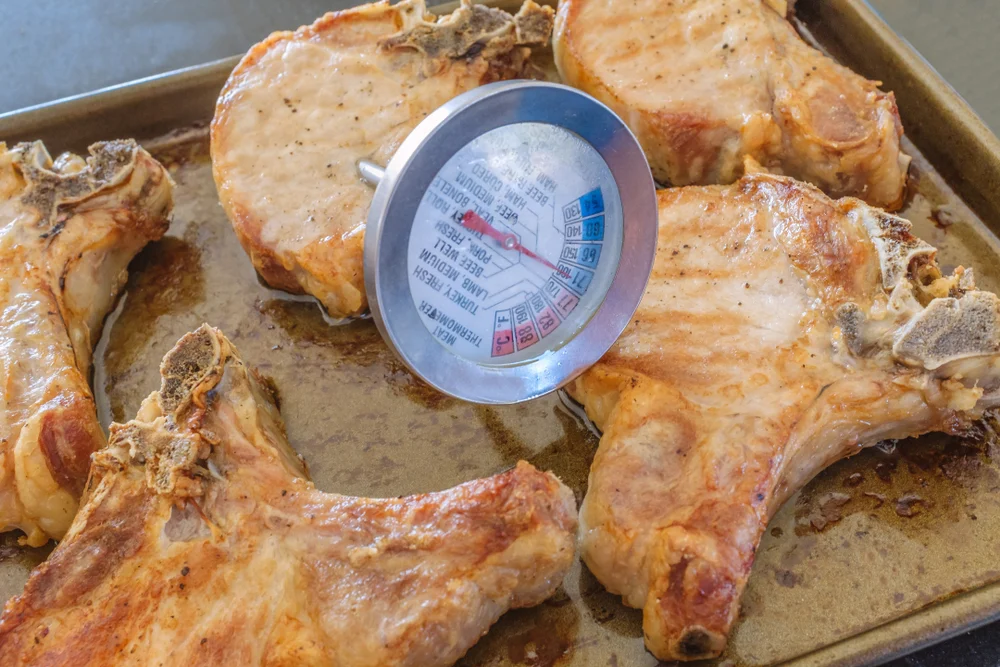There are a variety of food safety risks out there. But which is most important? According to the Association of Nutrition & Foodservice Professionals (ANFP), hand washing and improper sanitation top the list. But coming in at No. 4 is another important issue: ensuring cooked items reach proper temperatures.
From chicken to other meats and certain vegetables, it's important that food handlers know what temperatures an ingredient must reach to be safe. Let's go over the different recommended food temperatures you need to know.
Chicken: Cooked to Perfection
One of the most notorious threats to food safety—due to its popularity and the potential presence of harmful bacteria—chicken can pose a serious health risk. To ensure the safety of your dishes, the internal temperature of chicken should reach a minimum of 165°F (74°C). Make sure you have a good working food thermometer on hand to confirm the chicken reaches this temperature so that any bacteria are eliminated. Finally, follow the same standards with undercooked chicken that you do with raw chicken (e.g., avoid cross-contamination, clean and sanitize any surfaces it touches and so forth).
Other Meats: Degrees Matter
Pork and other meats aren’t free of risks, however. Different meats require specific internal temperatures to be safe for consumption. As a rule of thumb, if you’re dealing with ground meat, make sure it reaches a minimum of 160°F (71°C). Similarly, whole cuts can usually be a slightly lower temperature (aim for at least 145°F (63°C). The more you understand the risks of improper temperatures and get experience cooking different meats, the easier it will be to tell when an ingredient reaches proper temperature.
Vegetables: The Right Heat
Don’t forget about veggies. While they don’t have the same kind of bacterial risks as meats, cooking them to the right temperature ensures optimal taste and texture. (It’s also important to not serve certain vegetables raw, like potatoes.) For instance, 400°F (204°C) is a great temperature for roasting vegetables and enhancing their natural sweetness while giving them caramelization. Other techniques like blanching in boiling water can help preserve vegetable color, flavor and nutritional value.
Beyond specific food temperatures, adopting safe food handling practices is essential. This includes proper storage, thorough cooking, avoiding cross-contamination and adhering to hygiene standards. To educate yourself on all of this, consider signing up for an online food handlers course with American Course Academy today.

